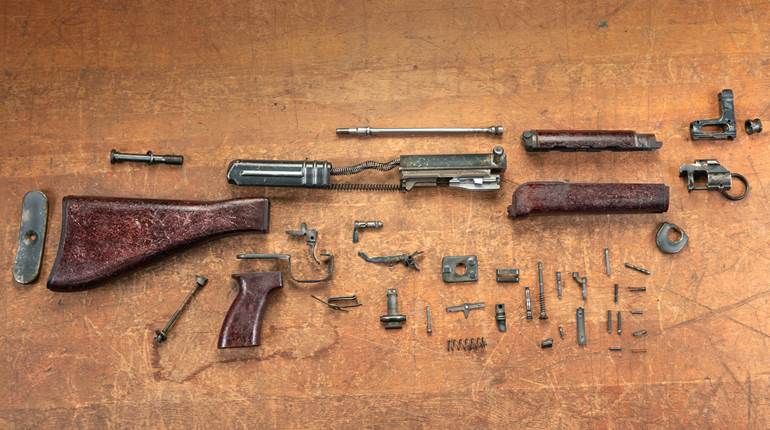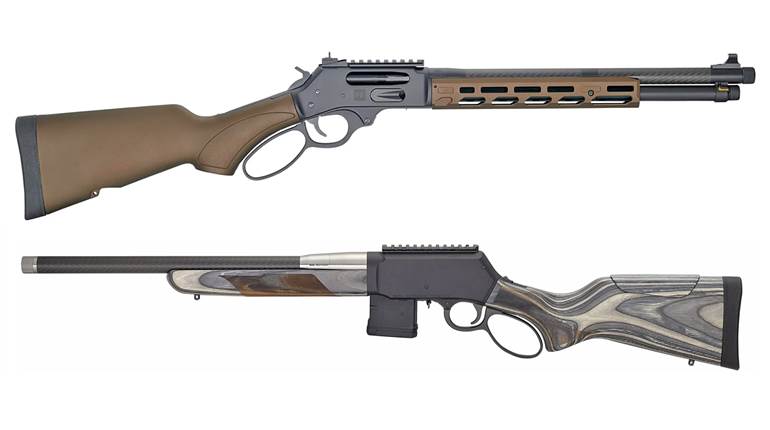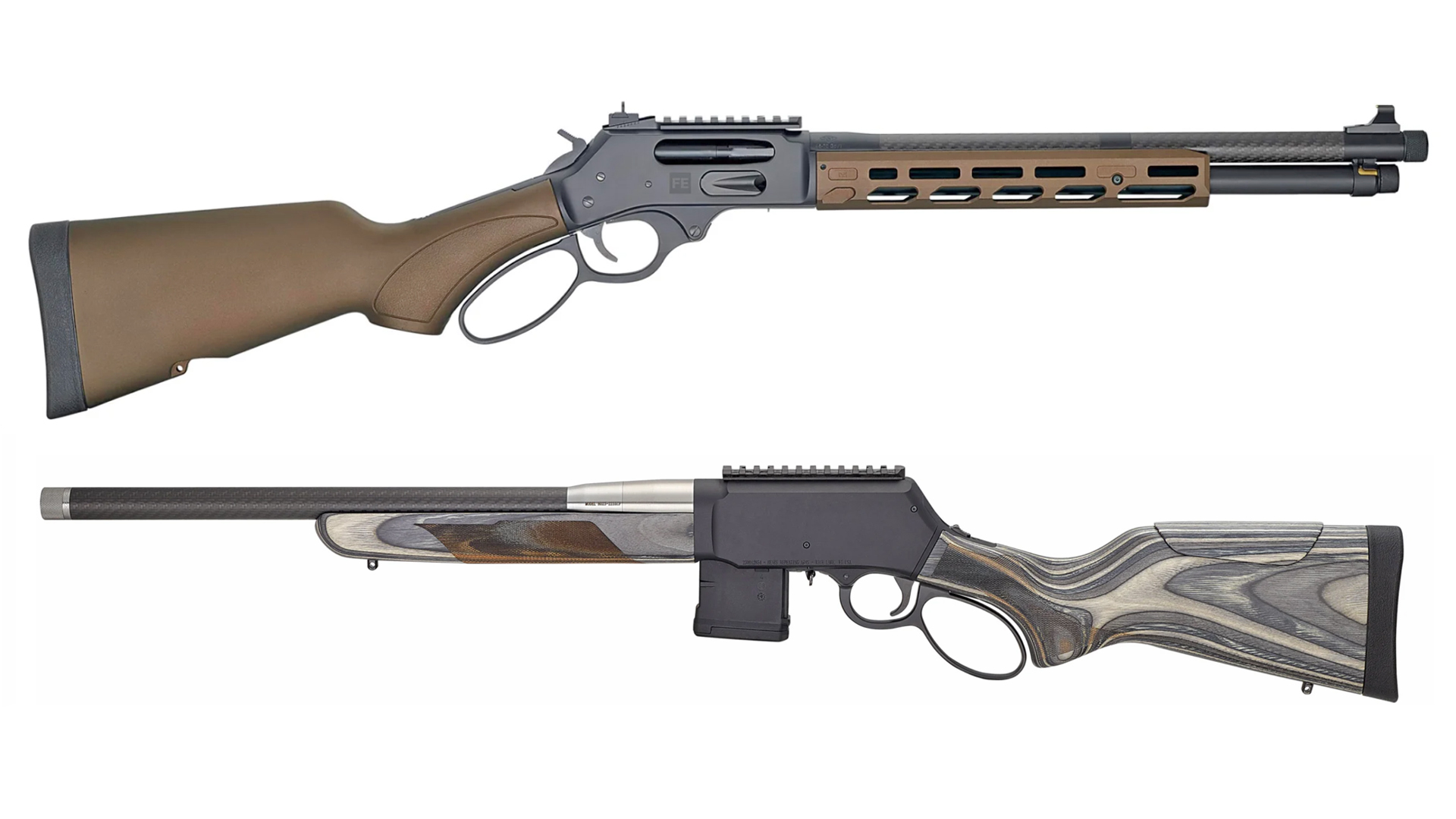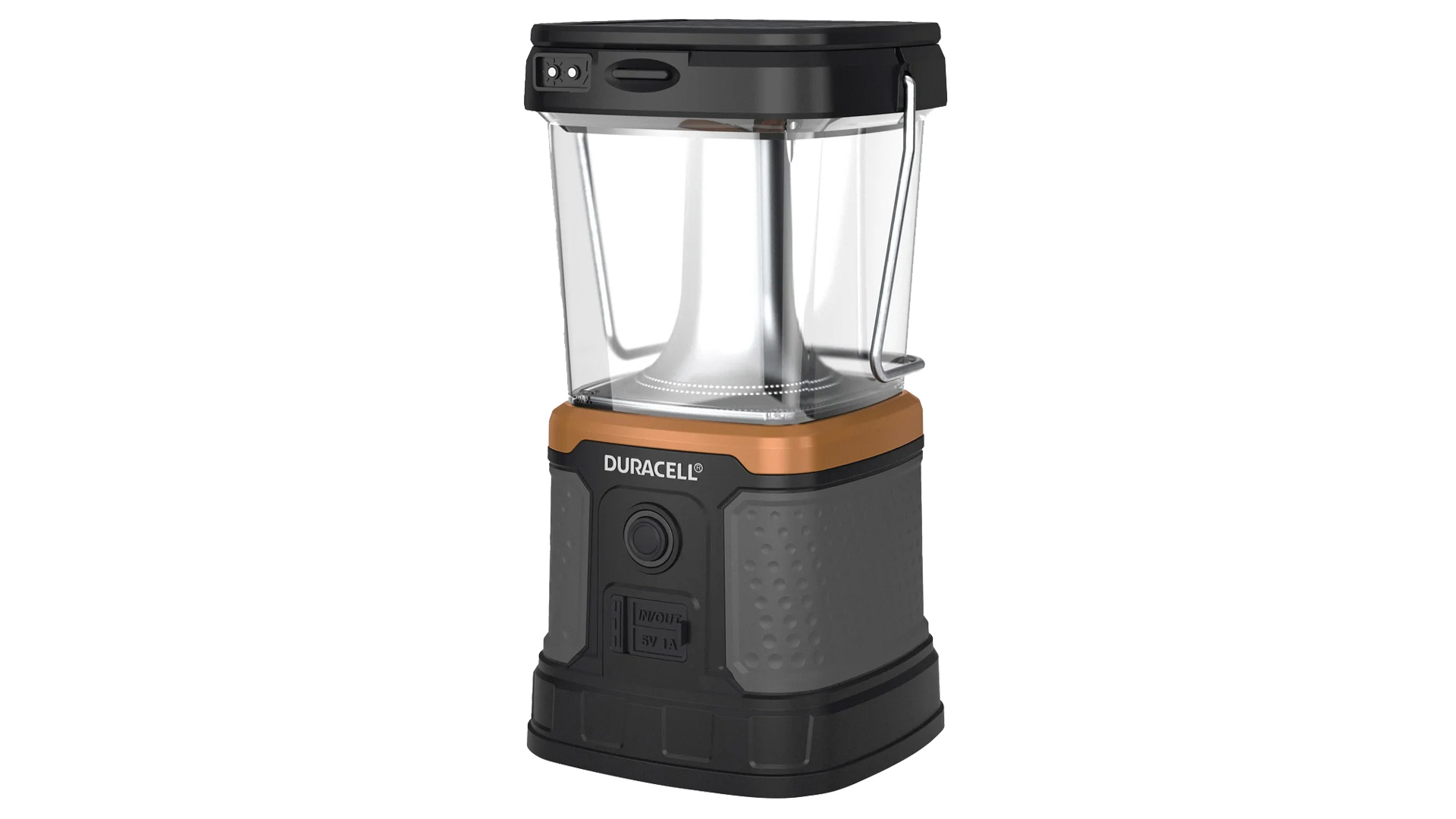
Lapua was established in 1923—six years after Finland declared independence from Russia—with the express purpose of making ammunition for the fledgling nation’s armed forces. Since its entry into the international market, it has built a widely recognized reputation for precision cartridges, brass and bullets that win matches and deliver downrange.
The Lapua State Cartridge Factory was originally built in the city limits of Lapua, Finland, and quickly became a critical supplier for the country’s defense. In 1946, its official name shortened to State Cartridge Factory, and nine years later, the Finnish Ministry of Defence assumed the supervisory role at the facility.
Then on April 13, 1976, an explosion inside the facility claimed the lives of 40 employees. Operations quickly resumed, but outside the city limits in a new plant. The tragedy did little to slow the company’s growing reputation for attention to detail and quality. The increased commercial demand required expansion, and in 1984, a new component factory was built. Two years later, the firm made a significant investment in research and development.
It paid big dividends, too. One of the projects undertaken by the company was refining a promising .338/416 cartridge with a Lapua bullet and case that claimed gold during a 1,000-yard Navy match in Quantico, Va. The ammunition's development was initially spearheaded by the U.S. military, although it abandoned the effort, despite that long-distance success in 1986.
In 1988, the first test lot of .338 Lapua Mag.—a direct descendant of that .338/416— rolled out of the Lapua factory. The performance has improved since, and the cartridge remains one of the favorites among precision shooters to this day.
In 1991, the company name changed to Cartridge Factory Lapua, and a year later, the firm purchased SK Jagd- und Sportmunitions GmbH in Germany. What followed, beginning in 1996, was a merger into Patria Industries—composed exclusively of Finnish military manufacturers—and another with firearm-related firms in Norway and Sweden. Today, the Lapua enthusiasts know so well falls under the Nammo AS corporate umbrella, which is owned equally between the original Patria group and the Norwegian Government.
For the past century, Lapua remained squarely focused on the quality and attention to detail that established the company as one of the world’s best. There’s no reason to believe that will change anytime soon, because the company motto remains “Passion for Precision.”



















![Auto[47]](/media/121jogez/auto-47.jpg?anchor=center&mode=crop&width=770&height=430&rnd=134090788010670000&quality=60)
![Auto[47]](/media/121jogez/auto-47.jpg?anchor=center&mode=crop&width=150&height=150&rnd=134090788010670000&quality=60)














